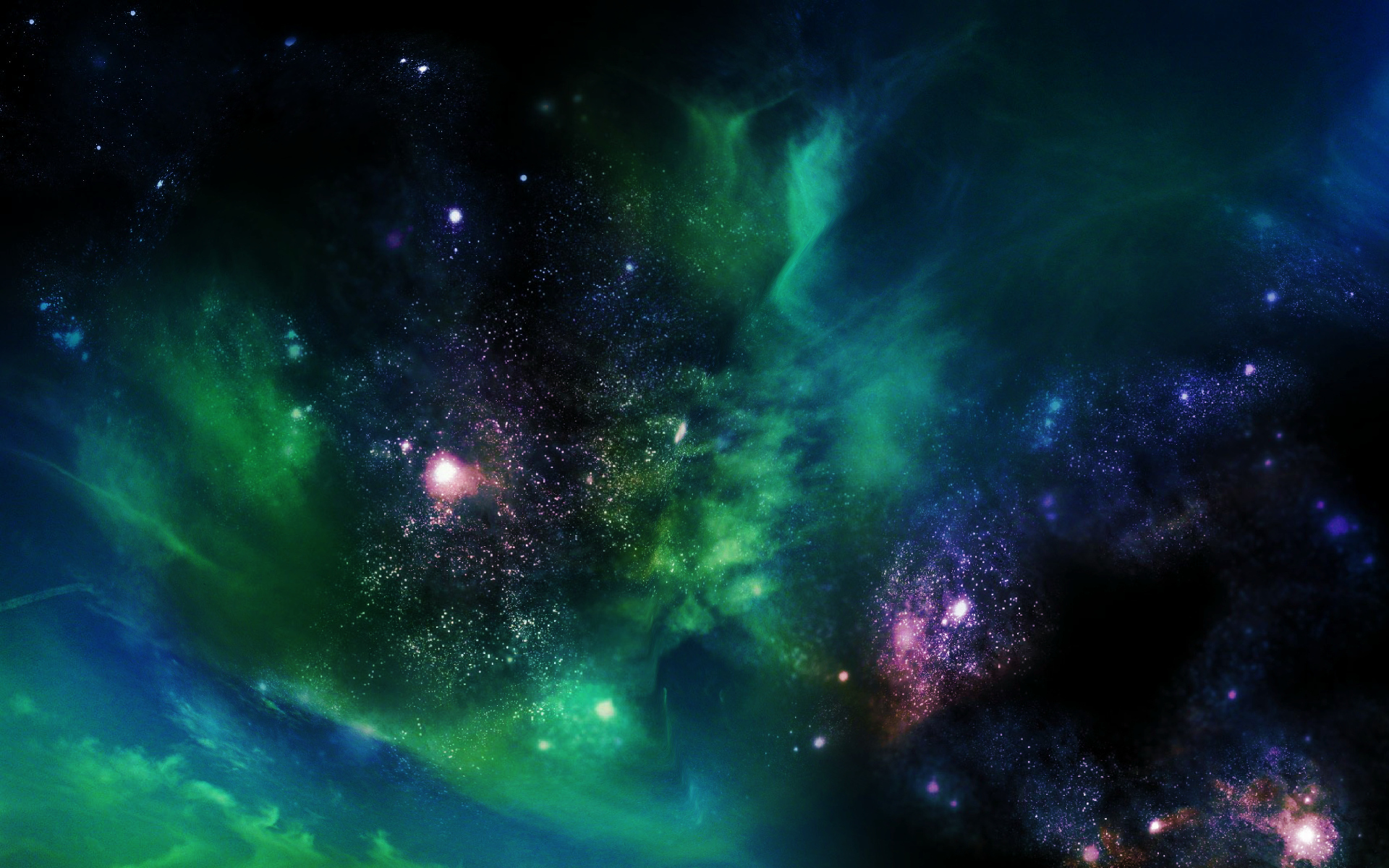
A celestial shadow known as the Circinus West molecular cloud creeps across this image captured with fabricated Dark Energy Camera - one of the most powerful digital cameras in the world.

In a remarkable discovery, astronomers have found a disc around a young star in the Large Magellanic Cloud, a galaxy neighbouring ours. It’s the first time such a disc has ever been found outside our galaxy.

It looks like we may have to update our theories on how stars and planets form in new solar systems. According to a new study, it looks like planets and stars can form and grow up together.

A new study by an international team of astronomers has discovered the presence of organic molecules in the disk of a young star V883 Ori, located about 1300 light-years away from the Earth.

Astronomers have discovered two stars in a binary pair that complete an orbit around each other in a little over three hours, residing in the planetary nebula M3-1. Remarkably, the stars could drive a nova explosion.

An international team of astronomers is releasing the most comprehensive, high-resolution ultraviolet-light survey of nearby star-forming galaxies.

New ALMA telescope observations have uncovered the surprisingly clear chemical "fingerprints" of the complex organic molecules methanol, dimethyl ether, and methyl formate.
Roughly 1300 light-years from Earth lies the Orion Nebula. A team at the Space Telescope Science Institute (STScI) in US created this zoom into the stellar nursery and a 3D visualization.

Amelia Stutz and Andrew Gould from the Max Planck Institute for Astronomy in Heidelberg are bringing gravity and magnetic fields into play. To test their idea, they undertook a detailed investigation of the Orion Nebula, 1300 light-years away.

Research has found new persuasive evidence that could help solve a longstanding mystery in astrophysics: why did the pace of star formation in the universe slow down some 11 billion years ago?

The Eagle Nebula and the Star Queen nebula can be seen in this annotated view.